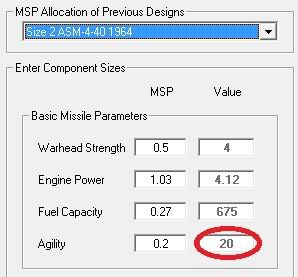Ok, back and another update will drop by soonish - Should be building and then preparing for war!
@ Adamus - - And you'r not getting another medal before you do something worthwhile / stupid and survive it. (In Game that is)
- And you'r not getting another medal before you do something worthwhile / stupid and survive it. (In Game that is)
@ Lord Strange - No wonder the Californicans was complaining then. I'll get some more assistants and explosive to you soonish.
@ Blue Emu - I normally do the same, which is ongoing at the moment. Just not posting about it... And duly noted on the fighter designs. I'll see what I can press out when the tech becomes available. I'll try to stay small enough for a 200t fighter and might lose a bit from that. We'll see!
And duly noted on the fighter designs. I'll see what I can press out when the tech becomes available. I'll try to stay small enough for a 200t fighter and might lose a bit from that. We'll see!
@ Adamus -
@ Lord Strange - No wonder the Californicans was complaining then. I'll get some more assistants and explosive to you soonish.
@ Blue Emu - I normally do the same, which is ongoing at the moment. Just not posting about it...


